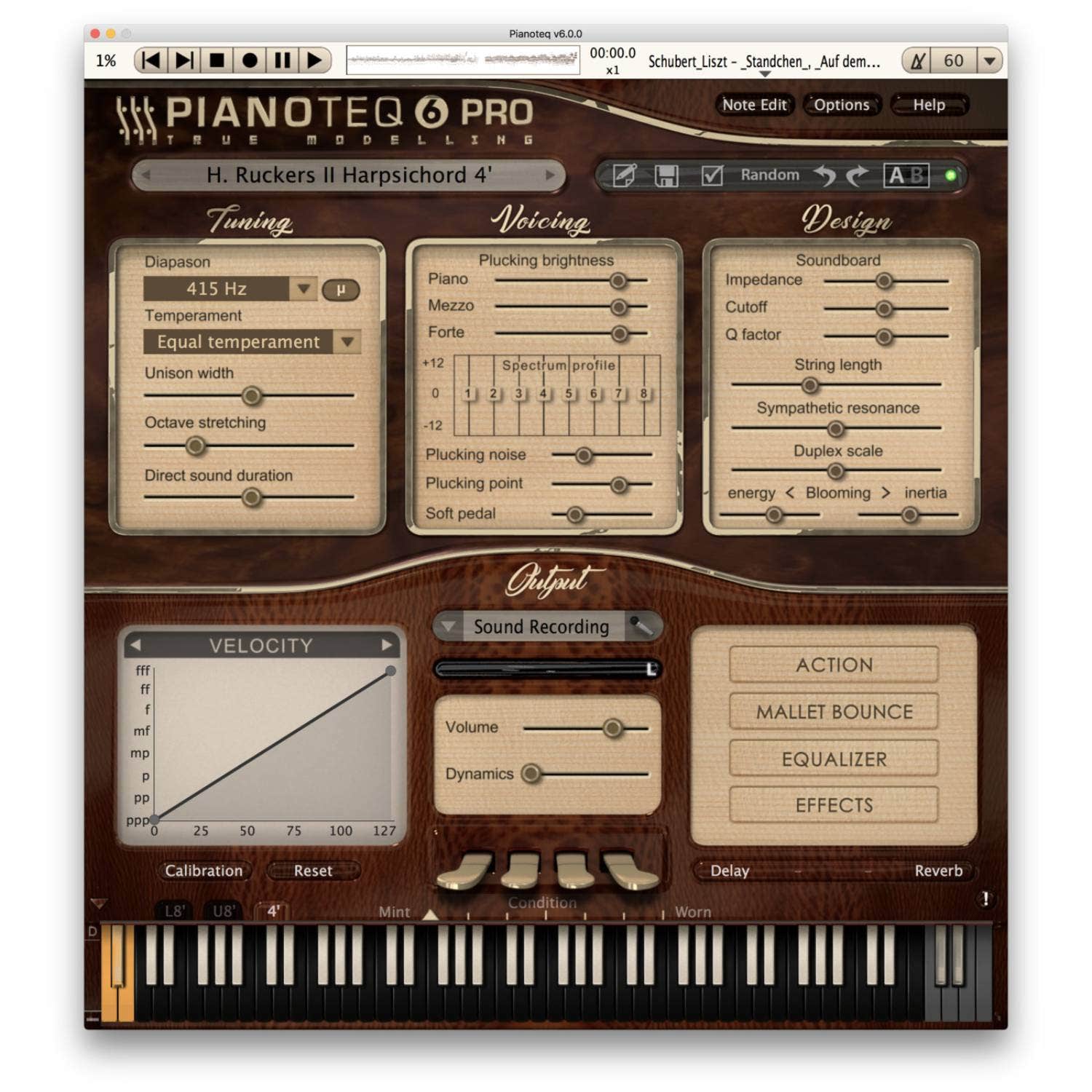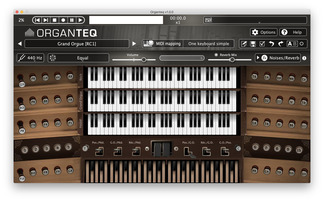

The ability to tweak the sound is where Pianoteq really differs from the sampled competition, and also where the difference between the three versions lies. If a great piano is the main thing you’re after and the ability to sculpt the sound is secondary, the sampling or modeling decision is a matter of personal preference and requires testing. So, if you are in the market for a modern virtual piano, I’d definitely recommend trying the demo version and playing it yourself instead of only listening to audio demos. I also tried playing with it with a low-end 49-key MIDI controller with unweighted keys and audio interface latency set to maximum, and the difference is obvious even then. That makes sense as there are no sampled velocity layers here – the instrument responds differently to each of the possible 127 velocity values, and the response of neighboring notes is consistent. Others have described Pianoteq as feeling responsive, expressive or alive, but being a more technical person I’d say that it’s a feeling of confidence about the volume and tone color of every note as you’re playing it. It feels like it responds more naturally and accurately to velocity than any other piano I have. Playing with Pianoteq, the most impressive thing is how real it feels. More than just pianos, it can also model harps, bells, mallet instruments, harpsichords and even hammered dulcimers. It can work as a standalone application, VST, AU, AAX or RTAS plugin.
#PIANOTEQ 5 DOWNLOAD PRO#
679 EUR gets you Pianoteq Studio which contains the Pro version plus all currently available instruments. Pianoteq 5.3 is the current version of their piano application, and it comes in three flavors – Stage (99 EUR), Standard (249 EUR) and Pro (399 EUR). Modartt have been developing a completely different approach in parallel – using sophisticated mathematical models to synthesize every note, and relying on samples only for hammer and pedal noises. If you want to play the piano, Pianoteq is a highly flexible program that successfully provides all the required tools.There’s been quite an arms race in virtual pianos over the past fifteen years, with some sampled pianos now featuring tens of thousands of samples and exceeding 100 GB of data. Contextual tips are also available in the interface which makes the app suitable for all user categories. The application includes an extensive documentation that allows beginners to get accustomed with the interface and the available features. The playback can be recorded in order to accurately replay the melody. You also have the ability to change the piano condition which has an important effect on the visual aspect and the sound output.Īlthough you can play the notes using the mouse, the program is designed to be used with a hardware keyboard in order to take advantage of all the available features. The interface is easy to use and allows you to quickly access all the fine-tuning parameters.


It comes with an impressive list of instruments and the ability to randomize all the parameters with one click. For instance, you can adjust the hammer hardness, sound velocity or the output for each key before starting to play.įor quick configuration, the program provides the option to create presets for certain parameters and save the entire instrument configuration in order to load it later. Unlike other programs, Pianoteq uses mathematical models to generate the sound which allows you to fine tune the output by using multiple parameters.

While there are a lot of emulators available, there are few that can offer the same music quality and configuration options as Pianoteq.
#PIANOTEQ 5 DOWNLOAD SOFTWARE#
The artists who do not have access to a piano can use the computer and a specialized software to generate the sounds. It emulates a fourth generation piano and allows you to play music by generating high quality sound effects. Pianoteq is a useful tool for any user who wants to transform the computer into a versatile musical instrument.


 0 kommentar(er)
0 kommentar(er)
